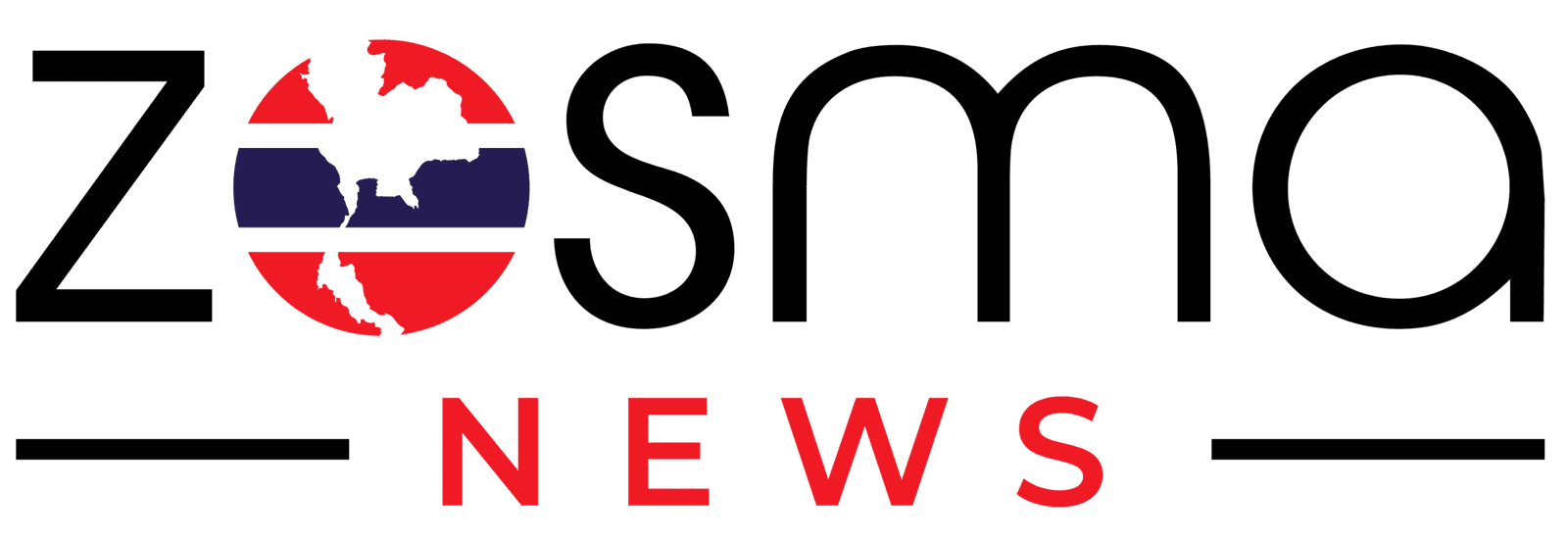Thailand has started enforcing a new export-licensing regime for dual-use goods—items that can be used for both civilian and military purposes—early this month, according to the Department of Foreign Trade (DFT) and several business reports. Exporters must now screen products through an online e-Classification system and apply for licenses when shipments fall under restricted categories.
The first phase covers Category 0 (nuclear-related) items based on the EU dual-use list, with additional categories expected to follow in stages over 2025–2026. The DFT says the framework is designed to prevent the diversion of sensitive technologies while maintaining predictability for compliant exporters.
For Thai manufacturers and logistics providers, the immediate task is procedural: confirm whether a product is controlled, document the end user and end use, and—if required—obtain a license before export. The government’s e-Classification portal is the central platform for those checks and filings, with online resources available to help companies complete registration and screening.

A view of the port of Bangkok Thailand Photo Courtesy Reuters/Jorge Silva
The new rules bring Thailand’s approach closer to European Union dual-use standards and Wassenaar-style export controls. Thailand is not a formal member of the Wassenaar Arrangement, but officials have said the country is aligning procedures to improve transparency and compatibility with international partners.
Businesses that trade in high-tech components, specialty materials, or equipment used in advanced manufacturing are being urged to review compliance workflows now so shipments aren’t delayed as authorities expand the system beyond Category 0. The DFT is expected to issue further implementation updates as the rollout progresses.
Clearer export rules could help Thai firms maintain access to markets that require strict end-use verification—particularly the EU, Japan, and the United States—while giving regulators better tools to identify risky transactions. The challenge is execution: companies will need precise product classification, solid documentation, and early license planning to keep orders moving.






